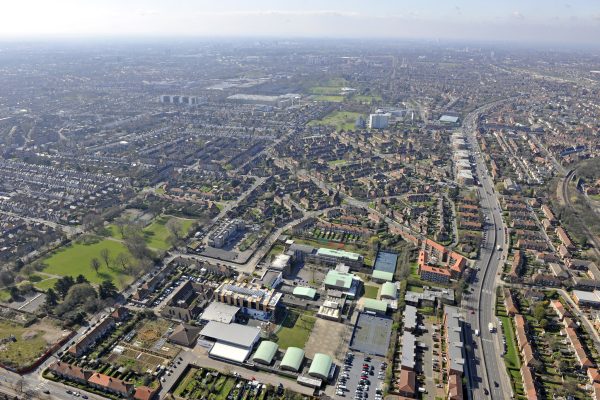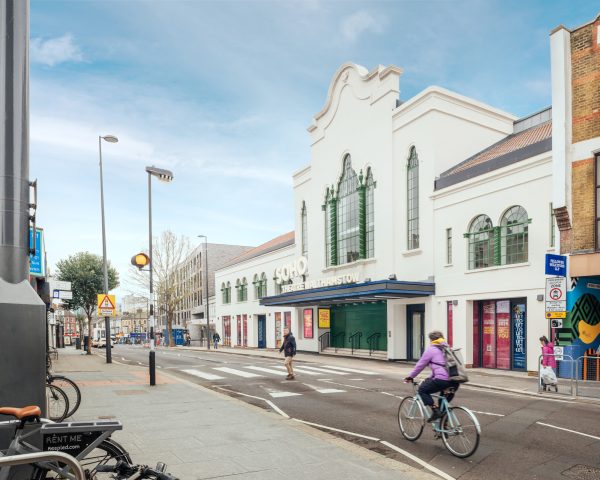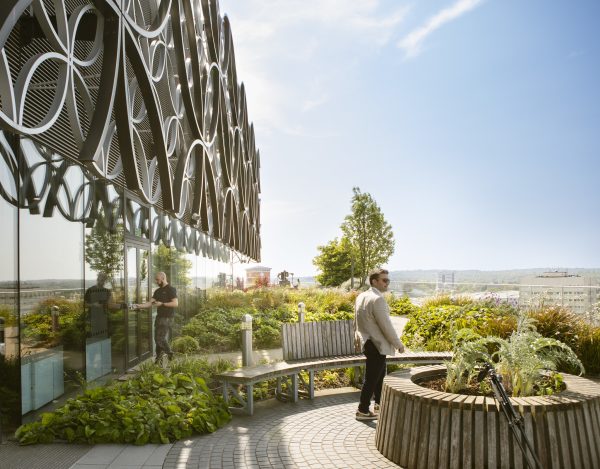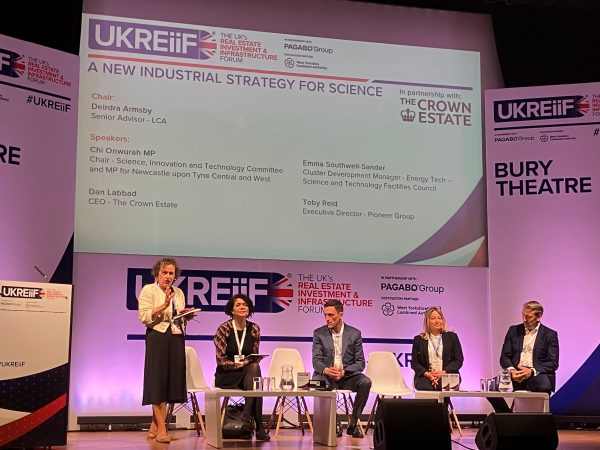UKREiiF Roundtable: Creating Places That Attract High-Growth Sectors

Bond Bryan, in collaboration with the Building New Communities programme, hosted a roundtable during UKREiiF 2025 to explore how the built environment can unlock economic opportunity by shaping places that act as a magnet for innovation and enterprise.
Bringing together leaders from local government, investment, development, planning, and design, the session focused on the core question: how can places be shaped to attract and support high-growth industries?
“Global capital follows talent—it naturally gravitates to places where skilled people choose to live and work.”
Placemaking with a Purpose
At the heart of the discussion was a shared understanding that attracting fast-growing sectors requires more than just space—it demands a compelling vision rooted in talent, infrastructure, and identity.
Participants highlighted the importance of housing choice, lifestyle offer, and career mobility—together, these create the conditions to retain talent and build inclusive, resilient communities.
Above all, successful places are those that blend cohesive public and private ambition with authentic community engagement.
“Authentic collaboration is fundamental to successful placemaking. Authenticity, rooted in the identity of the place, will attract people.”

Lessons from the UK
Several case studies were shared that highlighted what successful, place-based strategies look like in action.
Manchester’s 20-year regeneration around Victoria Station was praised as a model of long-term planning, while King’s Cross stood out for its people-centred, purposeful approach to development.
Examples from Waltham Forest and Crawley showed how local authorities are building tailored ecosystems—pairing creative placemaking with skills-led strategies to support specific sectors like life sciences, clean tech, advanced manufacturing, and the creative industries.
“We have a strong business networking community in Crawley. I assumed that would be the case everywhere, but from speaking to others, it seems that is not always the case. Back in 2020, when we were told we’d be one of the hardest-hit economies, what truly stood out was the strength of our partnerships.”
Meeting the Moment: Speed and Strategy
While participants acknowledged that placemaking takes time, there was a strong appetite for smarter, faster delivery.
Fast-tracked outcomes were a key point of discussion with reflection on how UK processes can evolve to keep pace with, for example, the pace of decision-making in the US. The message was clear: we need mechanisms that move at the speed of opportunity—without sacrificing strategic vision.

Based on the discussion, the group identified five priorities for places looking to attract high-growth sectors
Five Key Takeaways: Designing for Growth
1. Talent Attraction and Retention
Cultivate environments that appeal to skilled professionals and their families by offering diverse housing and career opportunities, as well as a strong sense of place.
2. Ecosystem and Clustering
Build sector-specific ecosystems with strong development pipelines. Connect businesses, universities, and public bodies to foster innovation and support start-ups.
3. Infrastructure and Connectivity
Prioritise public transport, active and sustainable travel options, and high-quality workspace that enable people and businesses to thrive.
4. Community Engagement
Engage residents meaningfully in the development process to ensure local relevance and create places with genuine long-lasting value. Communication should be frequent and transparent to build trust and engagement.
5. Flexible and Strategic Planning
Have long-term development strategies but build in agility to delivery mechanisms. Planning processes should be pragmatic and able to quickly adapt to technological and economic shifts.

Working together to invest in the economy of the future
The session closed with a call to action: for councils, developers, and investors to adopt shared values, co-invest in social infrastructure, and embed inclusive, long-term strategies at the core of urban development.
As Bond Bryan continues to collaborate with partners across the sector, sessions like this roundtable reaffirm our commitment to design that not only meets current needs—but anticipates the opportunities and challenges of the future economy.
To explore our latest thinking on placemaking, infrastructure, and innovation—visit our journal page.
